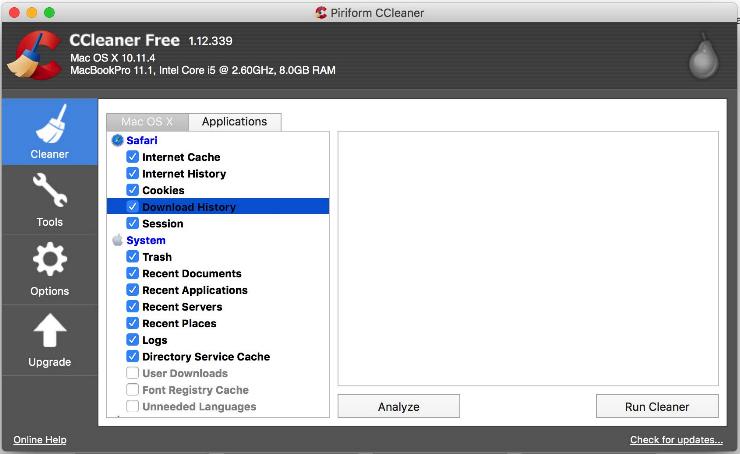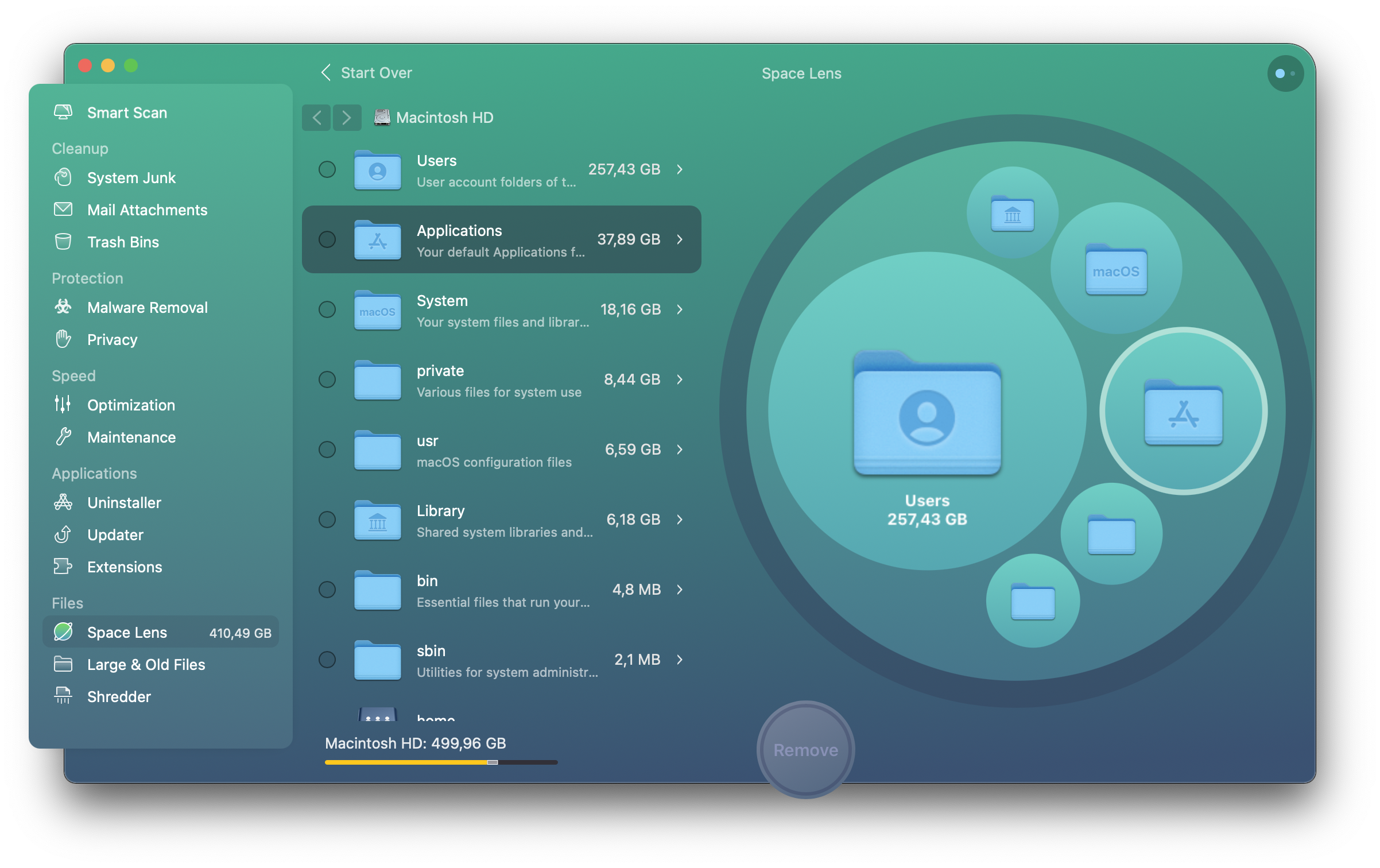

To remove the data associated with a particular website, select that website and then click the ‘Remove’ button. The subsequent menu lists all the websites that have stored data on your Mac.Select the ‘Manage Website Data…’ button.Select ‘Safari > Preferences…’ from the toolbar.To see exactly which websites have placed data on your Mac: This is particularly useful for identifying third party advertisers who may be secretly gathering information about you, or if there are certain websites where you’d simply prefer to remain anonymous! Just be aware that removing the data associated with a website may result in you being logged out of that website.
#COOKIE CLEANER FOR MAC MAC#
From here, you can delete the data associated with a specific website, or even remove all cookies and tracking data from your Mac with the click of a button.


Safari lets you review a list of all the websites that have stored cookies and tracking data on your Mac. If you’ve recently upgraded to High Sierra, then in this article I’ll be exploring these updated settings, including how you can prevent any cookies from being placed on your Mac. It’s always been possible to modify how your Mac manages cookies, but High Sierra makes a few changes to these settings. It’s also worth noting that not all cookies are good cookies! Some third party advertisers may place cookies on your Mac, and then use them to track your browsing activities across the World Wide Web, which is a disconcerting thought! And, if you enjoy a spot of online shopping then cookies are how websites remember the contents of your shopping basket, even if you navigate away from that site and then return to complete your purchase at a later date (although this may be a good or a bad thing, depending on how much you love online shopping!)ĭespite the benefits, many people are uncomfortable with the thought of being recognised, and are happy to sacrifice the convenience of cookies in return for some added privacy. Websites can also use the information stored in cookies to auto-fill forms, so after you’ve entered your username, email address or postal address into a website once, you may never need to enter this information again. For example, if you tell a website to display its prices in pounds sterling on your first visit, then this the currency you’ll see on every subsequent visit. It’s pretty common practice for websites to store cookies on your computer, and despite their bad reputation some cookies can actually improve your browsing experience.Ĭookies are how websites identify repeat visitors, allowing them to deliver a version of their website that’s optimised for each visitor.


 0 kommentar(er)
0 kommentar(er)
